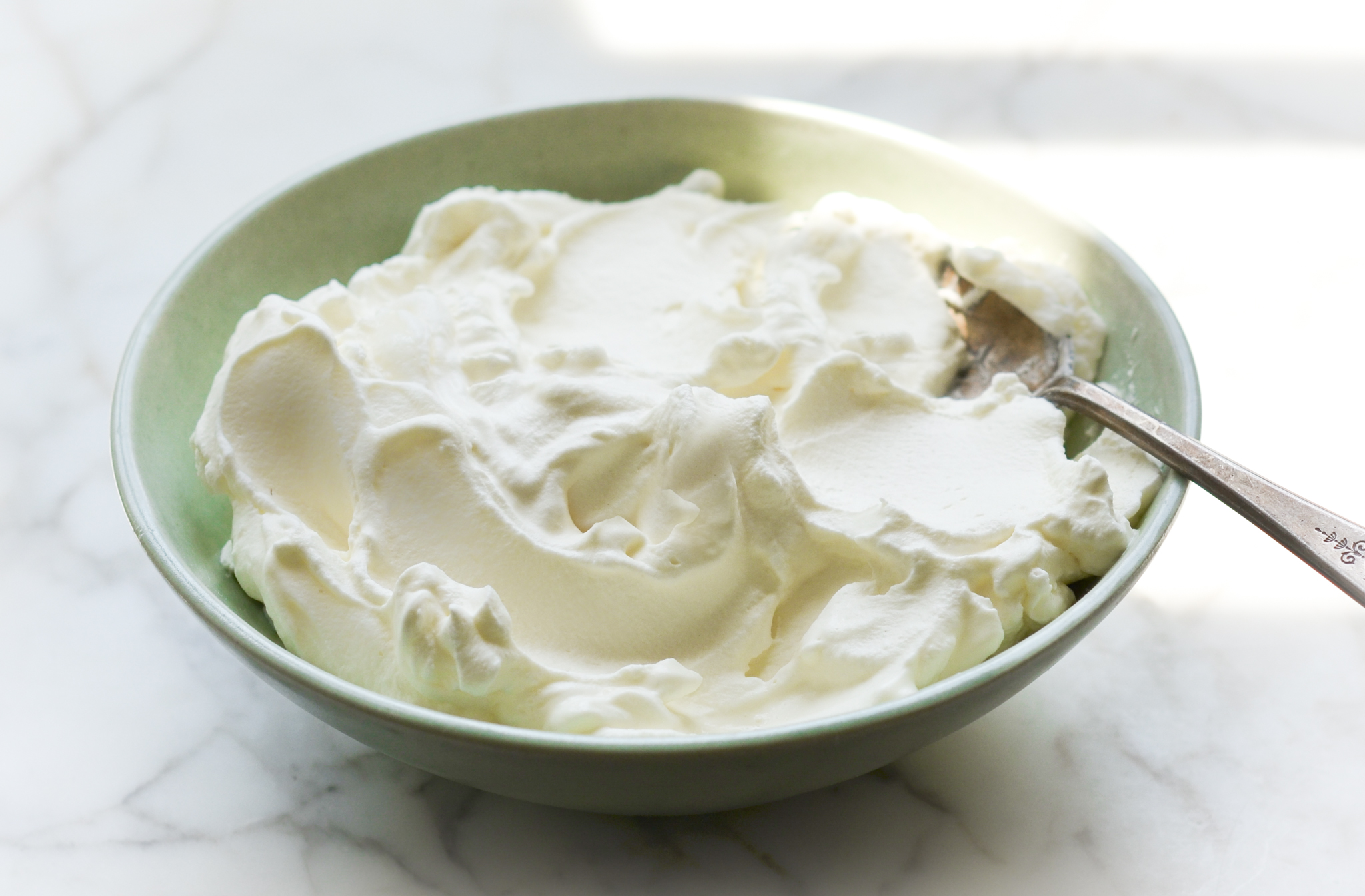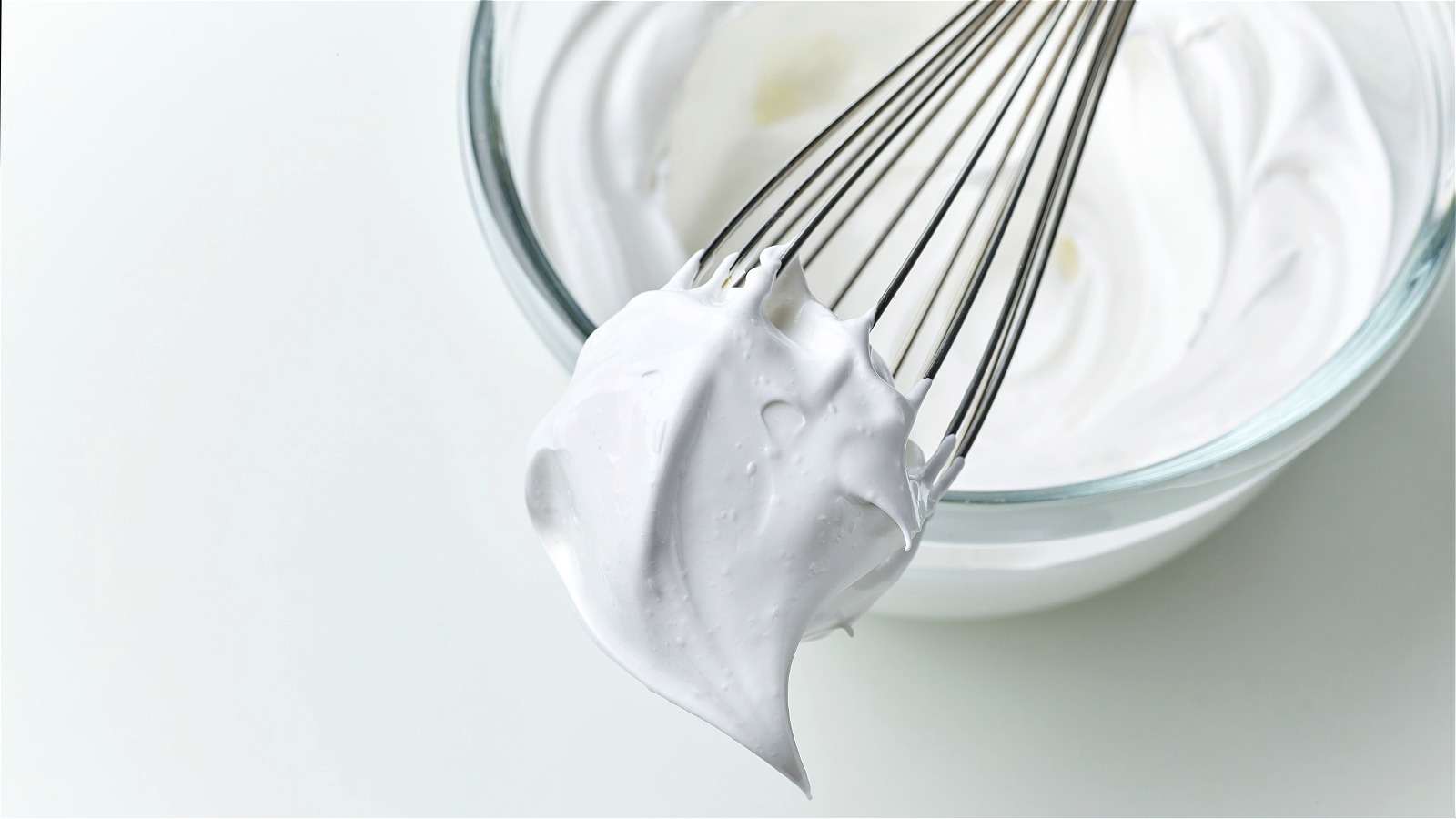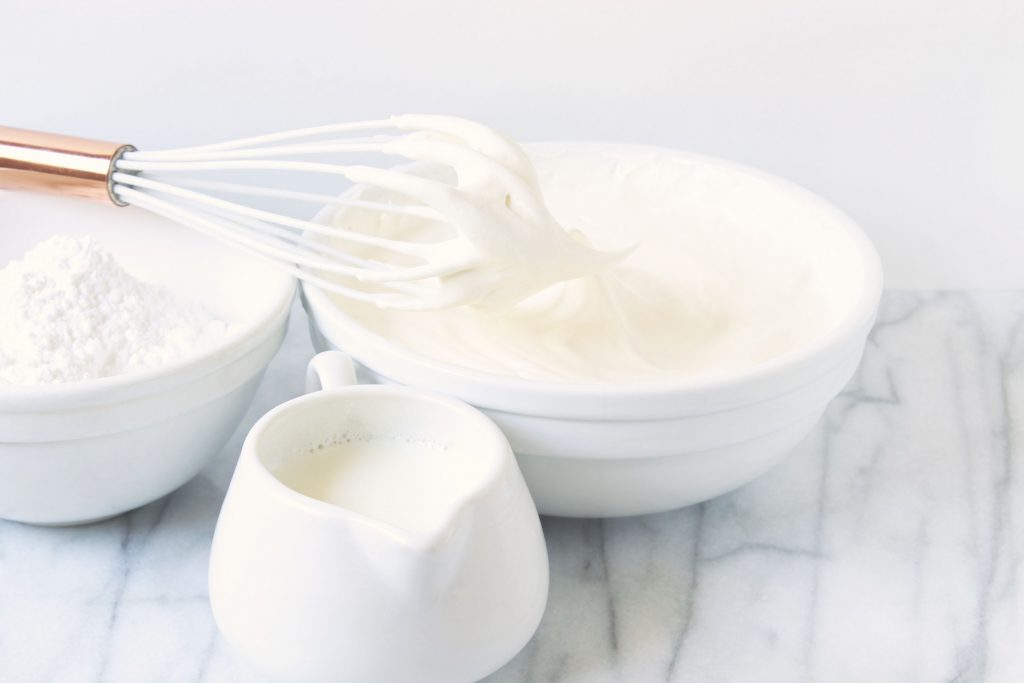For seasoned bakers and dessert enthusiasts, the indispensable ingredient that transforms ordinary recipes into extraordinary delights is none other than creams. The choice of cream can wield a profound influence on the outcome of your creations, elevating it to new heights. Familiarising yourself with the diverse array of creams and their applications opens up a world of possibilities for crafting delectable desserts and pastries.
Creams, essentially rich, thick emulsions of dairy fat, are renowned for their velvety texture and rich flavour profile. Beyond their ability to temper sweetness and richness, creams vary significantly in texture, flavour, and purpose. Understanding the nuances of these creams is crucial, as not all creams are tailor-made for baking.
Half and Half Cream:
Coffee aficionados rejoice for half and half cream is your perfect companion. Comprising an equal blend of milk and cream with a fat content ranging from 10% to 12%, this cream is a delightful addition to your favorite brew. Its thick consistency makes it an ideal substitute for milk in various recipes, enhancing pan sauces, creamy pasta sauces, and gravies.
Light Cream (Table Cream):
Also known as single cream or table cream, this versatile option brings moisture to desserts when poured over crumbles and pound cakes. With a fat content ranging from 12% to 18%, light cream is not just for coffee but excels in soups and gravies, adding a touch of richness to your culinary creations.

Heavy Whipping Cream:
Indulge in the decadence of mouth-watering desserts with heavy whipping cream, boasting a lavish fat content between 36% and 40%. Often the star of luxurious treats, this cream is a popular choice for frosting on birthday cakes ordered online for delivery, lending a rich and creamy texture to your special occasions.
ALSO READ: Alternatives for cream on pasta night
Double Cream:
When thickness is paramount, double cream takes the crown with an impressive 48% fat content. Ideal for pouring over ice creams, buttermilk scones, and chocolate truffles, caution is advised to prevent overwhipping. The result is a sumptuous addition to your recipes that enhances both texture and flavor.
Sour Cream:
A chef’s favourite for sandwiches and salads, sour cream introduces a slightly tangy flavour and a thicker consistency achieved through the addition of bacterial cultures and lactic acid. Perfect for dips, salad dressings, and casseroles, sour cream adds a distinct zing to your culinary creations.

Light Sour Cream:
Sharing a production process with regular sour cream, light sour cream boasts reduced fat and caloric content. An ideal component for nutritious recipes like salad dressings, its tangy taste complements baked potatoes, creating a truly appetising meal.
Crème Fraiche:
Elevate your cooking with the luxurious crème fraiche, a thick and rich cream akin to custard. With a fat content of 39%, this sophisticated cousin of sour cream is less prone to curdling, making it perfect for pan sauces and soups. Enhance the creaminess and refinement of scrambled eggs, cookies, and bread with the addition of crème fraiche.
ALSO SEE: 5 things to do with left-over fresh cream
Feature image: Pexels

